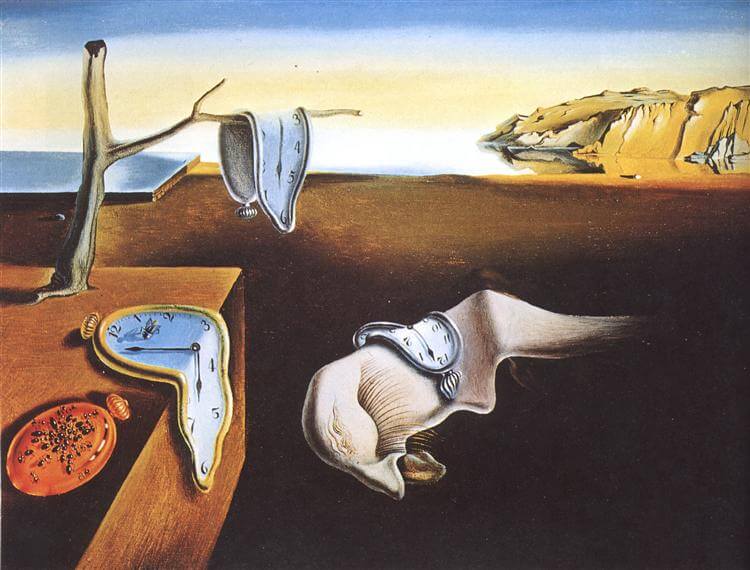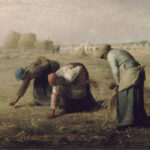Surrealism: A Reaction to the Trauma of World War I
Surrealism is a 20th-century art movement centered on the beyond world or the dream world more than the world. This movement was the reaction against the trauma of the World War 1 bafflement against modern society. The surrealist vigorously distracted from the everyday reality of the art like the Dadaist. These artists were against the negative art of the Dadaism art movement they wanted to bring a positive aspect to the art world through an unconscious aspect of the mind this work is based on dreams. During that time Sigmund Freud (an Austrian neurologist) put forward his psychoanalysis theories.
The Influence of Freud’s Psychoanalytic Theory on Surrealism
An important point of Sigmund Freud’s psychoanalytic theory is, that his theory proposes that unconscious memories, thoughts, and urges impact human behavior. Sigmund Freud suggested that there are three aspects of this psychoanalytic theory the mind has three metaphorical parts Id, Ego, and Super Ego, and the cocreate aspects are conscious, subconscious, and unconscious. Id is a sudden satisfaction.
Exploring the Unconscious Mind Through Surrealism
Id can be unconscious, by nature which cannot be changed. While the Ego can be conscious. The superego is the things we can learn ethically and morally this can be subconscious which is memory. He believed that dream plays an important role. Freud believed that analyzing someone’s dream can give a noteworthy insight into the unconscious mind.
Key Characteristics of Surrealism in Art
One of the characteristics of this magnificent art movement is, that the surrealist’s main focus was on the subconsciousness of mind. The ultimate reality of the real world is through subconsciousness. And the psychological problems resulted in the conflict between the religion and the customs. Irregularity of the behavior causes suppressed desires in our subconscious mind.
Surrealism and Dream Imagery: Unsettling Figures, Strange Objects, and New Perspectives
Dreams are also a part of subconsciousness they were also fascinated by the dream world. The artist started to paint dream-like imagery. Their artwork had unsettling arrangements of the human figures as the dummy or models. The use of objects was strange and had an irrational context. The color effect was unusual and unusual light was also present in their artwork. It had a new perspective on the world.
Key Artist of this Art movement
Some of the key artists of this art movement are Max Ernst, Salvador Dali, Rene Magritte, and Joan Miro. Max Ernst was a German painter who was greatly interested in psychology and in the art of the mentally ill people. He applied Sigmund Freud’s theory in his artwork to explore his persona and creativity his most famous artwork is Celebes. The next artist is Salvador Dali a Spanish artist His work was a representation of his hallucinations and dreams. Dali’s work usually contains themes like decay, death, and symbolism such as animals representing religious beliefs, his most famous painting is The Persistence of Memory. Rene Magritte was a Belgian artist who usually used illustration themes in his artwork. He also used language in his artwork, his painting name is This is not a pipe. Joan Miro was also a Spanish artist who invented the pictorial space in his artwork, his most famous artwork is The Harlequins Carnival.
Conclusion
- Their main focus was to represent dream-like imagery in their artwork.
- There are three aspects of the mind conscious, unconscious, and subconscious.
- The surrealists focused on the subconscious aspect and incorporated it into their artwork.
- These artists were fascinated by the dream world and abstraction.







